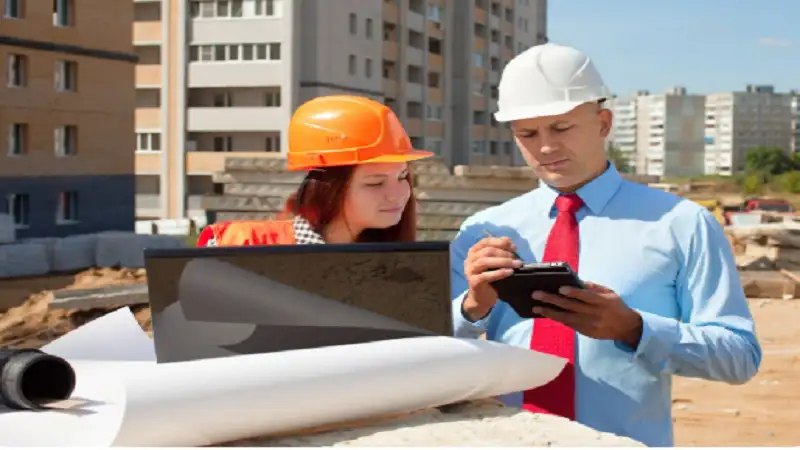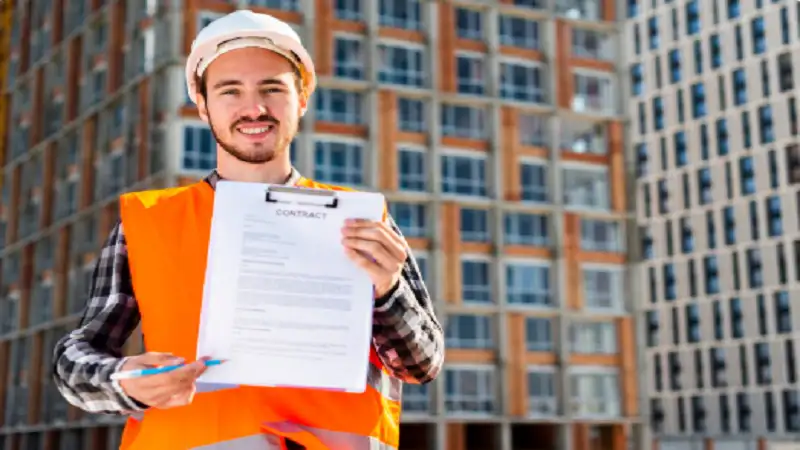Demolition in New York City does not only involve dismantling buildings. It is a highly regulated process, which involves high adherence to the legal, environmental, and safety standards. Both small residential teardowns and the clearing of large commercial buildings require a knowledge of the required licensing, as well as the procedural issues that are required to be satisfied by the contractors and property owners. The small space, old structures, and security issues of the city have made the project sensitive and complicated as far as demolition is concerned.
Responsibility of the Department of Buildings
The New York City Department of Buildings (DOB) is the agency that appears to be the primary one that manages the processes of demolition. All demolition work should have a permit issued by the DOB before commencing any demolition work. This authorization is not merely a formality but rather a license that will guarantee the proposed demolition is done in line with the codes of construction and zoning in the city. The DOB examines the scope of the work, the structural integrity of the building, and the means that are proposed for demolition. Other approvals might have to be taken in other instances, including the Landmarks Preservation Commission, in case the building is historically designated.
The Requirement of Contractor-Licensing
Demolition work is only allowed to be carried out in New York City by licensed demolition contractors. Such contractors should possess a type of license by the DOB and also have certain qualifications including experience in the demolition works, skills in safety measures and financial accountability. The licensing process requires application, test of background and verification of complying with the insurance and bonding regulation. The contractors should also ensure that they keep their licenses by engaging in their continuing education and by following the revised laws and regulations.
Permit Application Process
There are elaborate steps that must be followed when the demolition permit application is to be made and numerous supporting documents are needed. The applicants are expected to provide architectural and engineering plans and the plan is to detail the demolition strategy, how the structure is going to be dismantled, how the debris will be dealt with, and how the surrounding properties will be guarded. There is also a need to have a site safety plan particularly in bigger projects. This plan should outline the actions that will be undertaken to protect the workers, pedestrians, and other structures around the same. Also, the applicants need to submit evidence of utility disconnection including the gas, electricity and water, to avoid accidents in the course of the demolition.
Environment and Hazardous Material
Demolition works in NYC are bound by the environmental rules especially the hazardous materials which involve the environment. The DEP is an agency that manages decontamination and disposal of such materials as asbestos and lead paint. An environmental assessment should be carried out before the commencement of demolition to determine the type of hazardous materials, which the building contains. In case they discover such materials, they are supposed to be abated by certified professionals in advanced protocols. Deviation to these regulations may lead to fines, project delays, and lawsuits.
Fire Department and Emergency Access

There is also the New York City Fire Department (FDNY) that is involved in the management of the demolition. It is also important that the contractor takes care of emergency access routes that are not compromised at any time during the demolition process. There are other instances in which the FDNY might need the supplement of other safety measures including fire watch or temporary fire suppression equipment. This is necessary particularly in congested places where any possibility of a fire or structural failure would put lives and property at risk.
Notification and Public Safety
One can consider the problem of state security as one of the main spheres where the provision of demolition-related licenses occurs. One of the requirements is that the contractors will inform the neighbouring houses, community boards and city agencies of the impending buildup. This notification helps residents and businesses to be prepared in case of potential interruption, both noise, dust and access restrictions. Furthermore, the signage must be printed to the demolition point to create an awareness to the people what is being done and the approximate time. Fencing, scaffolding or netting can also be mandatory to contain the bits of rubbish and prevent mishaps that the DOB might demand.
Inspections and Compliance Monitoring
After the demolition starts, the DOB is involved in carrying out periodic inspections to reach out that all the plans that were approved are adhered to and also the safety standards. Inspectors monitor use of equipment and safety plans of the site, and the state of neighbouring properties. In case of any violations, the DOB may impose a stop work order, fine or even suspend the license of the contractor. That is why it is crucial to ensure the compliance in the project to prevent expensive project delays and legal issues.
Last Minute Clearance and Documentation
Once the demolition is done, contractors should provide the final documentation to the DOB and present the evidence of clearing the debris site cleanup and any necessary environmental cleaning. A final check-up is carried out with the purpose to check whether the site is secure and whether all the work is done as per the approved plans. The demolition permit can only be closed after such an inspection, and then the site can be redeveloped or new construction allowed.
Conclusion
The compliance with the rules of the New York City demolition license requirements is the critical point that should be known by all individuals working in the field of property development or construction. It is a process subject to control by several agencies and contains elaborate planning, stringent safety rules and stringent environmental conformance. Contractors and property owners can use the right licenses, permits and approvals to have a smooth run of fulfilling their projects that involve demolition works in a safe and legal manner. A city like New York is complex and dynamic whether one prepares and follows the rules and regulations is not only best practices but mandatory. Make the house of your own; combine the masterly work and innovative design- find the difference at Zicklincontracting.com.

